Hi all,
I just got this board & an i5 2500K a couple days ago & thought I'd make a new thread to start us UD5 owners off.
I've reserved a couple spaces at the front for useful information & if this thread gets a following I'll try to keep all the good bits at the front.
Gigabyte GA-P67A-UD5
Click To Enlarge
Specification
LinksCode:CPU 1.Supports 2nd Generation Intel® Core™ processors in the LGA1155 package Chipset 1.Intel® P67 Express Chipset Memory 1.4 x 1.5V DDR3 DIMM sockets supporting up to 16 GB of system memory * Due to Windows 32-bit operating system limitation, when more than 4 GB of physical memory is installed, the actual memory size displayed will be less than 4 GB. 2.Dual channel memory architecture 3.Support for DDR3 2133/1866/1600/1333/1066 MHz memory modules 4.Support for non-ECC memory modules 5.Support for Extreme Memory Profile (XMP) memory modules (Go to GIGABYTE's website for the latest supported memory speeds and memory modules.) Audio 1.Realtek ALC889 codec 2.High Definition Audio 3.2/4/5.1/7.1-channel 4.Support for Dolby® Home Theater 5.Support for S/PDIF Out LAN 1.1 x Realtek RTL8111E chip (10/100/1000 Mbit) Expansion Slots 1.1 x PCI Express x16 slot, running at x16 (PCIEX16) * For optimum performance, if only one PCI Express graphics card is to be installed, be sure to install it in the PCIEX16 slot. 2.1 x PCI Express x16 slot, running at x8 (PCIEX8) * The PCIEX8 slot shares bandwidth with the PCIEX16 slot. When the PCIEX8 slot is populated with a PCI Express graphics card, the PCIEX16 slot will operate at up to x8 mode. 3.1 x PCI Express x16 slot, running at x4 (PCIEX4) * The PCIEX4 slot shares bandwidth with the PCIEX1_1 and PCIEX1_2 slots. When the PCIEX1_1 slot or the PCIEX1_2 slot is populated with an expansion card, the PCIEX4 slot will operate at up to x1 mode. 4.2 x PCI Express x1 slots (All PCI Express slots conform to PCI Express 2.0 standard.) 5.2 x PCI slots Multi-Graphics Technology 1.Support for 2-Way ATI CrossFireX™/NVIDIA SLI technology (The PCIEX16 and PCIEX8 slots only.) Storage Interface Chipset 1.2 x SATA 6Gb/s connectors (SATA3_0, SATA3_1) supporting up to 2 SATA 6Gb/s devices 2.4 x SATA 3Gb/s connectors (SATA2_2~SATA2_5) supporting up to 4 SATA 3Gb/s devices 3.Support for SATA RAID 0, RAID 1, RAID 5, and RAID 10 * When a RAID set is built across the SATA 6Gb/s and SATA 3Gb/s channels, the system performance of the RAID set may vary depending on the devices being connected. Marvell 88SE9128 chip 1.2 x eSATA 6Gb/s connectors (eSATA/USB Combo) on the back panel supporting up to 2 SATA 6Gb/s devices 2.Support for SATA RAID 0 and RAID 1 USB Chipset 1.Up to 10 USB 2.0/1.1 ports (6 on the back panel, including 2 eSATA/USB Combo, 4 via the USB brackets connected to the internal USB headers) 1 x Renesas D720200 chip and 2 x VLI VL810 hubs: 1.Up to 8 USB 3.0/2.0 ports (4 on the back panel, 4 via the USB brackets connected to the internal USB headers) * The USB 2.0 signals of the 4 USB 3.0/2.0 ports on the back panel are from the Chipset. IEEE 1394 T.I. TSB43AB23 chip 1.Up to 3 IEEE 1394a ports (2 on the back panel, 1 via the IEEE 1394a bracket connected to the internal IEEE 1394a header) Internal I/O Connectors 1.1 x 24-pin ATX main power connector 2.1 x 8-pin ATX 12V power connector 3.2 x SATA 6Gb/s connectors 4.4 x SATA 3Gb/s connectors 5.1 x CPU fan header 6.3 x system fan headers 7.1 x power fan header 8.1 x Chipset fan header 9.1 x front panel header 10.1 x front panel audio header 11.1 x S/PDIF Out header 12.2 x USB 2.0/1.1 headers 13.2 x USB 3.0/2.0 headers 14.1 x IEEE 1394a header 15.1 x clearing CMOS button 16.1 x power button 17.1 x reset button Back Panel Connectors 1.1 x PS/2 keyboard/mouse port 2.1 x optical S/PDIF Out connector 3.1 x coaxial S/PDIF Out connector 4.2 x IEEE 1394a ports 5.4 x USB 2.0/1.1 ports 6.4 x USB 3.0/2.0 ports 7.2 x eSATA/USB Combo connectors 8.1 x RJ-45 port 9.6 x audio jacks (Center/Subwoofer Speaker Out/Rear Speaker Out/Side Speaker Out/Line In/Line Out/Microphone) I/O Controller 1.iTE IT8728 chip H/W Monitoring 1.System voltage detection 2.CPU/System temperature detection 3.CPU/System/Power fan speed detection 4.CPU overheating warning 5.CPU/System/Power fan fail warning 6.CPU/System fan speed control *Whether the CPU/system fan speed control function is supported will depend on the CPU/system cooler you install. BIOS 1.2 x 32 Mbit flash 2.Use of licensed AWARD BIOS 3.Support for DualBIOS™ 4.PnP 1.0a, DMI 2.0, SM BIOS 2.4, ACPI 1.0b Unique Features 1.Support for @BIOS 2.Support for Q-Flash 3.Support for Xpress BIOS Rescue 4.Support for Download Center 5.Support for Xpress Install 6.Support for Xpress Recovery2 7.Support for EasyTune * Available functions in EasyTune may differ by motherboard model. 8.Support for Dynamic Energy Saver™ 2 9.Support for Smart 6™ 10.Support for Auto Green 11.Support for eXtreme Hard Drive (X.H.D) 12.Support for ON/OFF Charge 13.Support for Cloud OC 14.Support for Q-Share Bundle Software 1.Norton Internet Security (OEM version) Operating System 1.Support for Microsoft® Windows® 7/Vista/XP Form Factor 1.ATX Form Factor; 30.5cm x 24.4cm
Gigabyte.com Click Here
Bios Screens
Post Screen, Miscellaneous Settings, MB Intelligent Tweaker
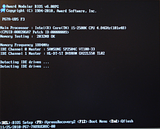
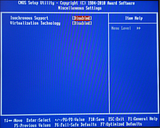
MIT Current Status, CMOS Setup, Channel A Timing Settings
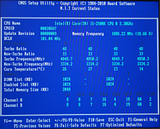
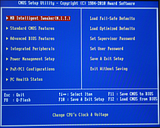
Advanged Memory Settings, Advanced Voltage Settings, Advanced Frequency Settings, Advanced CPU Core Features



Whats under the NB/NF200 Heatsink.
http://www.xtremesystems.org/forums/...4&postcount=44
Bios Template.
F6G




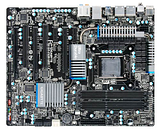

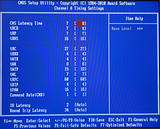
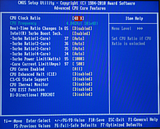

 Reply With Quote
Reply With Quote
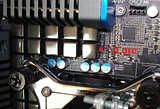

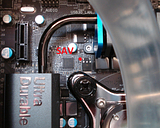

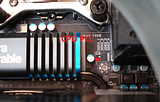




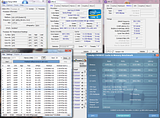


 (
(
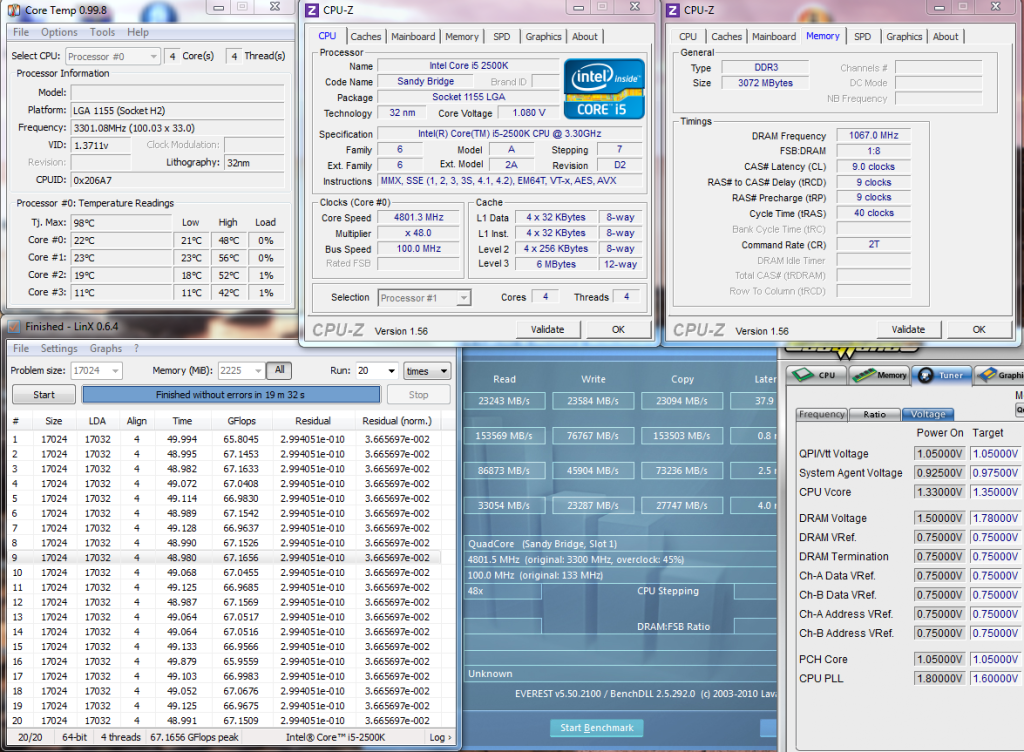






Bookmarks